 It’s almost summertime and Farmers’ Markets are starting to open up across many communities in the area! In addition to being a fun way to connect with your community and support local farmers, these markets are great places to buy nutrition produce.
It’s almost summertime and Farmers’ Markets are starting to open up across many communities in the area! In addition to being a fun way to connect with your community and support local farmers, these markets are great places to buy nutrition produce.
The Benefits of Buying Local
When it comes to produce, buying local is the way to go! As soon as produce is picked, it starts to lose some of its nutritional value. Since most supermarket produce travels hundreds of miles from where it is grown to the store, it is out of the ground for quite awhile before it ends up on your dinner table.
Studies have found that levels of vitamin C and folate significantly decrease in produce over time. Eating fresh produce in season will give you more nutrients than eating the same produce in different conditions.
What About Organic?
Many people wonder if it is better to buy organic food from there grocery store, or produce that is not organic from a local farmer.
Read more ...
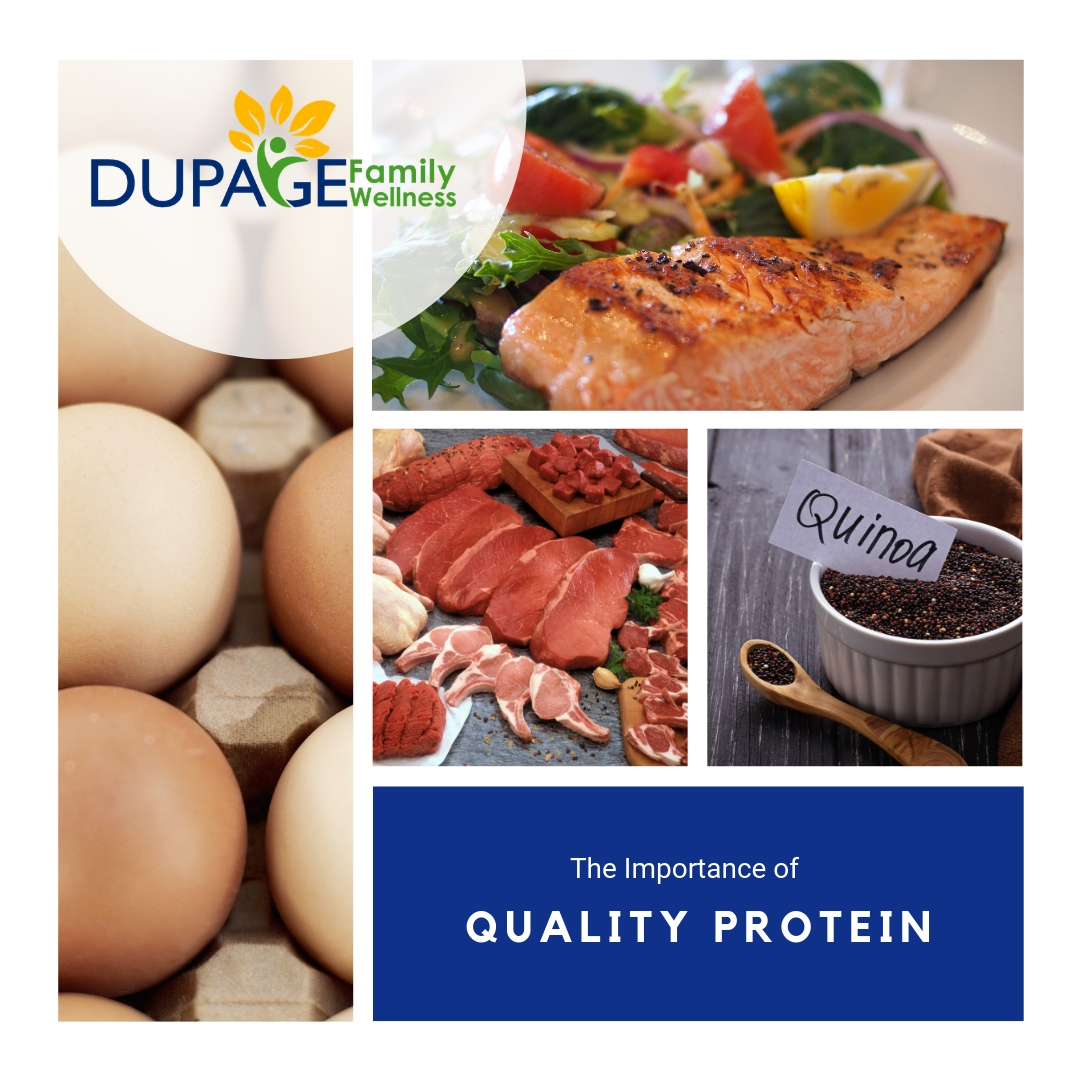
Every cell in your body contains protein! Since your body does not store this essential macronutrient, it depends on your diet to provide adequate amounts. It is important to provide this as protein contains amino acids that are the building blocks used to repair and replenish all the tissues in the body!
According to livestrong.com, protein helps “build muscles, produce new cells, regulate hormones and enzymes, heal wounds and promote immune function”. It is considered the most important macronutrient in building muscle, which can elevate your metabolic rate. Since protein also helps you feel full longer, it is great for those wanting to lose weight.
Quality Proteins
Quality is the most important thing to remember when it comes to protein. The protein should be a complete protein, which contains all the amino acids. It also needs to be easily digestible, free from both preservatives and additives.
Read more ...
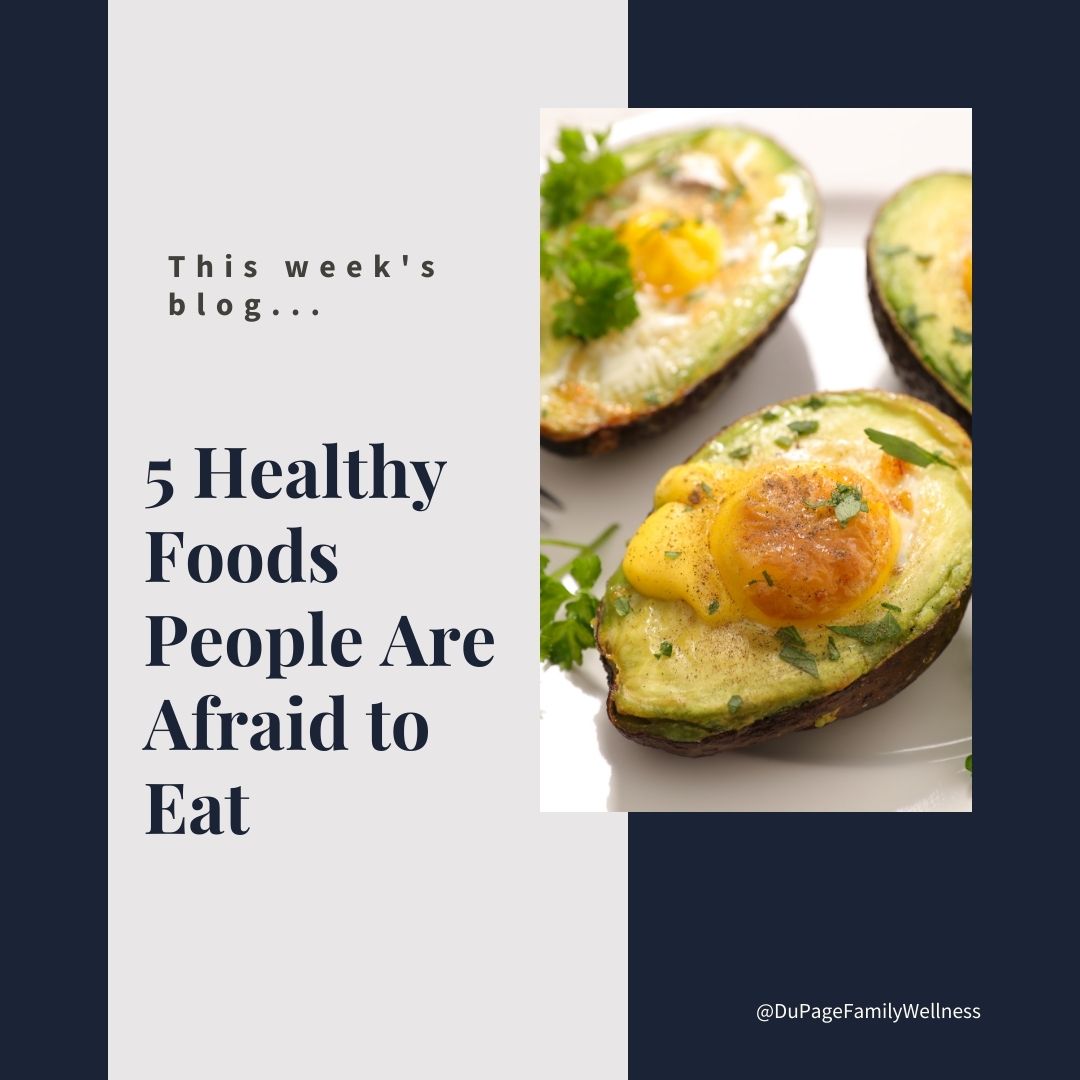
Let’s look at 5 foods that many people avoid. They are either afraid to eat these foods because they have been told they are unhealthy, or they are afraid that they will taste bad. You might be surprised that the following foods have many health benefits and actually taste good!
Red Meat
According to Dr. Chris Kresser, “despite what you’ve heard, red meat is an extremely healthy and nutrient-dense addition to your plate. It’s a great source of vitamin B12, Vitamin d, Iron, Zinc, Magnesium, Copper, Cobalt, and more.” For more information check out his article Red Meat: The Food They Love to Hate or download his eBook The Truth About Red Meat.
Eggs
Eggs have gotten a bad reputation over the years. It makes me sad that so many people are afraid cholesterol, because cholesterol in our diet is not the enemy! Studies have shown that eating eggs does not affect blood cholesterol in 75% of the population and only modestly increases LDL and HDL cholesterol in the rest of the population. These studies have found that eating eggs does not increase the risk of heart disease. To learn more about why your body actually needs cholesterol check out my blog post Bacon & Eggs: Healthy or Not.
Quality Oils & Fats
Many patients are afraid to incorporate fats into their diet, believing that eating fat will make them fat. However, there are several essential fatty acids that our bodies cannot make, and if we don’t consume them it may show up as inflammation, fatigue, poor memory function, heart issues, depression, dry skin, or other unpleasant symptoms. Eating fats is incredibly important, but eating the RIGHT fats is the key! For more on this check out my blog post Are You Eating Enough Fat.
Organ Meats
According to Dr. Chris Kresser, “liver is the most nutrient-dense food on the planet. If you don’t like the taste of liver, one good trick is to put one chicken liver in each cube of an ice cube tray and freeze them. Then, when you’re making any meat dish, dice up one chicken liver and add it to the meat.” To learn more about the nutritional value of organ meat, check out a blog post by my sister, Joelle Kurczodyna, NTP. The Single Food That Had the Greatest Impact on My Health.
Fermented Foods
Fermentation preserves nutrients, as well as breaking the nutrient down into easily digestible forms. Fermented foods contain helpful probiotics that can have a positive effects on inflammation, digestive issues, immune system function, as well as cognitive function. For more on the benefits of fermented foods and some recipes, check out my blog Make & Eat Your Probiotics.
If you are interested in more about eating healthy check out the blog 10 Foods That I Use to Think Were Healthy, But Don't Anymore.
Dr. Jamie
Are you Eating the Right Types of Fats?
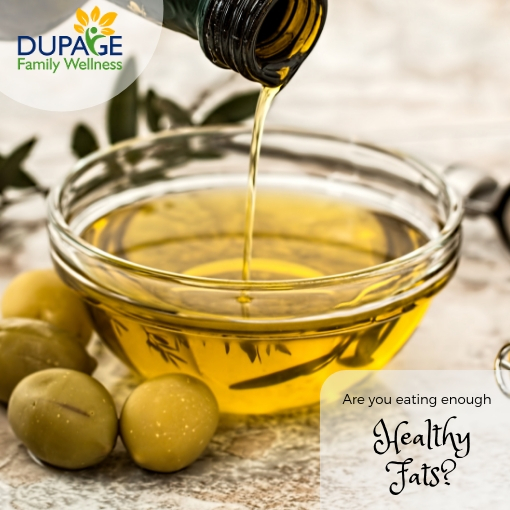 Many patients are afraid to incorporate fats into their diet, believing that eating fat will make them fat. They eat a lot of chicken breast, steamed veggies, low-fat milk, low-fat yogurt, and salads with fat-free dressing. It's not their fault. They have been taught for years by the media that eating fat is going to make them fat, BUT this is simply not true!
Many patients are afraid to incorporate fats into their diet, believing that eating fat will make them fat. They eat a lot of chicken breast, steamed veggies, low-fat milk, low-fat yogurt, and salads with fat-free dressing. It's not their fault. They have been taught for years by the media that eating fat is going to make them fat, BUT this is simply not true!
Are You Eating Enough Fat? Are You Eating the Right Fats? It is a topic that can get very confusing, very quickly. Eating the right fats will make a HUGE impact on inflammation within your body. Eating fats is incredibly important, but eating the RIGHT fats is the key!
We need HEALTHY fat
There are several essential fatty acids that our bodies cannot make, and if we don’t consume them it may show up as inflammation, fatigue, poor memory function, heart issues, depression, dry skin, as well as other unpleasant symptoms.
Our bodies also NEED fat to
Read more ...
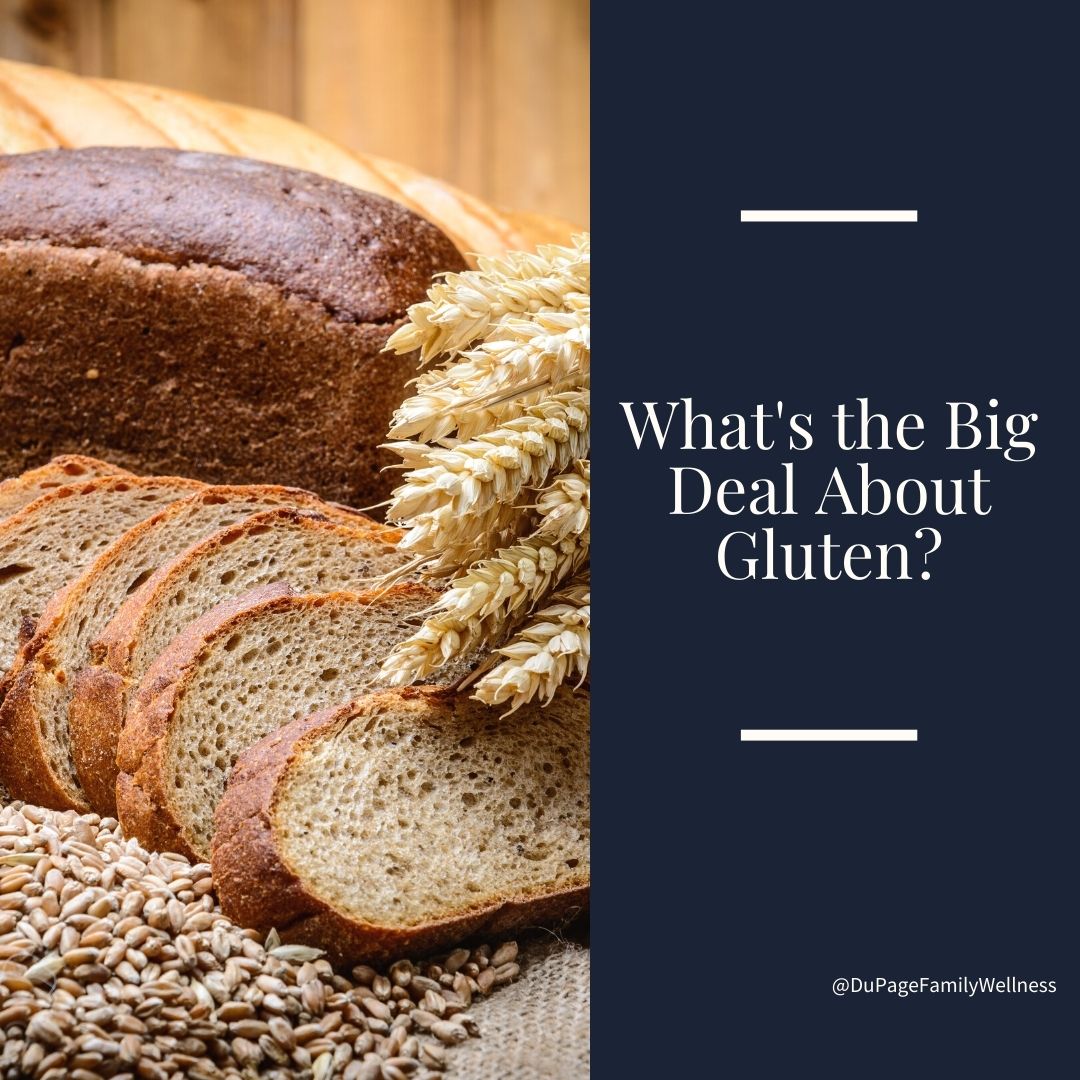 Have you ever wondered why so many people are going gluten free? Is eating a gluten free diet safe? What about women trying to conceive, pregnant, or breastfeeding? Let's take a moment to explore these issues, so that you can consider if this is something that could help you reach your wellness goals.
Have you ever wondered why so many people are going gluten free? Is eating a gluten free diet safe? What about women trying to conceive, pregnant, or breastfeeding? Let's take a moment to explore these issues, so that you can consider if this is something that could help you reach your wellness goals.
What is gluten?
Simply put gluten is the protein in wheat, barley and rye. People with celiac disease, an autoimmune disease triggered by gluten, must avoid gluten completely. However, Gluten is often blamed for contributing to a myriad of other health problems including digestive problems, skin issues, brain fog, ADHD, joint problems, infertility, and inflammation. Many people report wonderful results after embracing a gluten free diet.
Is a gluten free diet right for me?
One way to check if gluten is affecting your system is through an elimination diet. When doing an elimination diet gluten is strictly avoided for at least 30 days. It is then intentionally reintroduced, and any reaction is carefully noted. It is important to know that symptoms may appear immediately after eating gluten or may appear a couple of days later. These symptoms may include digestive issues, skin trouble, depression, low energy, etc.
What are some tips for going gluten free?
- If you go gluten free you will become a pro at reading labels (particularly the ingredient list). The first step is looking for wheat, barley, and rye. Products containing these ingredients contain gluten and will need to be strictly avoided. While it seems like this would be all that is necessary when going gluten free, it is important to know that there are many ways that gluten hides. Basic label reading
- Gluten often hides in soups, sauces, fillers, thickeners, beer, most oats, personal care products, and makeup. It can be found in food starch, malt, soy sauce, spelt, semolina, etc. There is a learning curve when you eliminate gluten from your diet. The important thing is to embrace what you know as you continue to grow in your awareness. Places gluten hides
- As you first eliminate gluten containing items from your diet, you may start to wonder what you can eat. While there are many gluten free products on the market, there are also many naturally gluten free foods. Vegetables, fruits, nuts, seeds, and dairy are all naturally gluten free. Meat can be tricky if it’s processed, but in its natural form it should be gluten free as well. Gluten free foods
- It is important to recognize that not all gluten free food is healthy. Rather than switching your breads, pastas, and baked goods for the gluten free version, I would opt for nutrient dense foods such as fresh vegetables, fruits, and meats which are naturally gluten free. Replacing the typical processed foods in our diet with gluten free processed foods, will not give our bodies what they need to thrive.
Is there a downside to eliminating gluten?
There is nothing in gluten that your body needs, so your diet won’t be deficient simply from avoiding it. My biggest concern with people going gluten free is if they become overly fearful unnecessarily. Unless you have Celiac Disease or notice an impact from gluten after doing an elimination diet, it is likely that you can tolerate some amount of gluten. While it doesn’t need to be a staple in your diet, cutting it out completely can cause a lot of stress especially in social situations. Since we know social connections are important to our health, I don’t want an unwarranted fear of gluten impacting your ability to have a rich social life.
If you want to learn more about how a gluten free diet could help you towards your wellness goals, check out the following resources…
As always, I am here to support you in your wellness journey! So, if you need some extra support, feel free to schedule a nutrition consultation where we can explore what dietary changes may be best for you.
Dr. Jamie
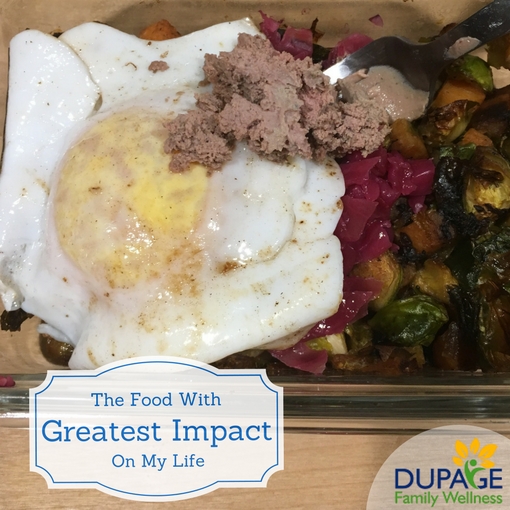 I’m not one for gimmicks or quick fixes. Being in robust health doesn’t happen overnight but generally takes making significant changes to diet, movement, mindset, stress, sleep, etc over an extended period of time. However, there has been one food that I believe has made a tremendous difference in my overall state of health. What is it? Organ meats and in my case, specifically liver. In my mind this is the superfood of superfoods.
I’m not one for gimmicks or quick fixes. Being in robust health doesn’t happen overnight but generally takes making significant changes to diet, movement, mindset, stress, sleep, etc over an extended period of time. However, there has been one food that I believe has made a tremendous difference in my overall state of health. What is it? Organ meats and in my case, specifically liver. In my mind this is the superfood of superfoods.
My Story
I had made all the changes. I ate a super clean real food, paleo type diet, I slept 8 plus hours a night, I walked everyday, I eliminated stressors in my life, I got rid of toxins from cleaning supplies and beauty products, but still I was having a hard time balancing my hormones with abnormally long cycles and was having a hard time getting pregnant. Then entered, organ meat. I had known it was good for me for a long time and even would sneak it in every now and again in ground beef dishes but I never fully took the plunge. I decided to start making liver pate and eating 1-2 tbsp daily on my morning vegetables and eggs.
Read more ...
 It’s almost summertime and Farmers’ Markets are starting to open up across many communities in the area! In addition to being a fun way to connect with your community and support local farmers, these markets are great places to buy nutrition produce.
It’s almost summertime and Farmers’ Markets are starting to open up across many communities in the area! In addition to being a fun way to connect with your community and support local farmers, these markets are great places to buy nutrition produce.



 Many patients are afraid to incorporate fats into their diet, believing that eating fat will make them fat. They eat a lot of chicken breast, steamed veggies, low-fat milk, low-fat yogurt, and salads with fat-free dressing. It's not their fault. They have been taught for years by the media that eating fat is going to make them fat, BUT this is simply not true!
Many patients are afraid to incorporate fats into their diet, believing that eating fat will make them fat. They eat a lot of chicken breast, steamed veggies, low-fat milk, low-fat yogurt, and salads with fat-free dressing. It's not their fault. They have been taught for years by the media that eating fat is going to make them fat, BUT this is simply not true! Have you ever wondered why so many people are going gluten free? Is eating a gluten free diet safe? What about women trying to conceive, pregnant, or breastfeeding? Let's take a moment to explore these issues, so that you can consider if this is something that could help you reach your wellness goals.
Have you ever wondered why so many people are going gluten free? Is eating a gluten free diet safe? What about women trying to conceive, pregnant, or breastfeeding? Let's take a moment to explore these issues, so that you can consider if this is something that could help you reach your wellness goals. I’m not one for gimmicks or quick fixes. Being in robust health doesn’t happen overnight but generally takes making significant changes to diet, movement, mindset, stress, sleep, etc over an extended period of time. However, there has been one food that I believe has made a tremendous difference in my overall state of health. What is it? Organ meats and in my case, specifically liver. In my mind this is the superfood of superfoods.
I’m not one for gimmicks or quick fixes. Being in robust health doesn’t happen overnight but generally takes making significant changes to diet, movement, mindset, stress, sleep, etc over an extended period of time. However, there has been one food that I believe has made a tremendous difference in my overall state of health. What is it? Organ meats and in my case, specifically liver. In my mind this is the superfood of superfoods.